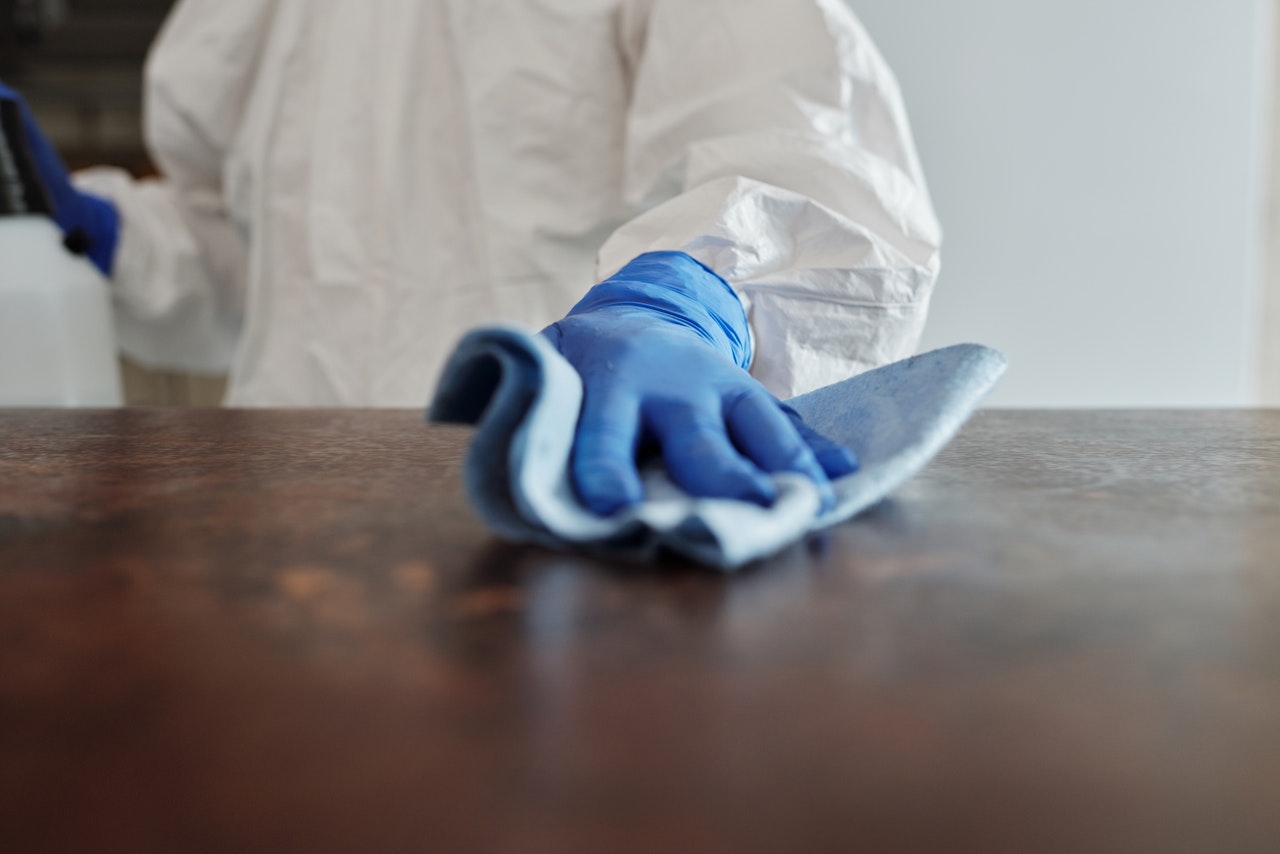The COVID-19 pandemic got everyone thinking about hygiene and cleanliness more than ever. Aside from washing hands and wearing masks, homeowners are doing their best to maintain a clean home to prevent the spread of COVID-19. They don’t just clean, but they take sanitizing and disinfecting very seriously when tackling cooking wares, kitchen utensils, and high-touch surfaces.
Meanwhile, business owners are taking the extra mile to prepare their facilities against the effects of COVID-19. They went beyond their cleaning practices by disinfecting every area, including the storefront, workspaces, and storage spaces. To ensure better air ventilation, some businesses offer roofing repairs for commercial spaces to prevent straining heating and cooling systems and provide clean air quality to customers and employees.
But we have to admit that cleaning and disinfecting takes so much of our time and energy. No one wants to put all of their efforts into cleaning than necessary. Others turn to cleaning hacks on the Internet to make their lives easier. But the thing about these cleaning hacks is we can’t really tell if they’re working or not. That being said, we’re here to debunk some of the worst cleaning hacks that will only harm your health and complicate the cleaning process.
Using newspaper to absorb odors in the fridge
Everyone wants their refrigerator to smell good. In fact, others are spending their money on refrigerator deodorizers to keep their fridge smelling good or odor-free. Meanwhile, others who don’t want to waste money on commercial products turn to natural remedies, such as vinegar and baking soda. Then some use newspapers to catch the unpleasant odor of their fridge.
This hack is likely one of the craziest ones that will never work. No one wants to put their fresh vegetables and fruits on top of a used newspaper unless you’re willing to do so. In reality, the newspaper will not save your fridge from nasty smells. All it does is spread ink and other foreign particles on your food. This can also be dangerous because you’re exposing the food to contamination.

Using a magic eraser or Coca-Cola in the toilet bowl to remove stains
Cleaning the toilet bowl is one of the least liked cleaning tasks. Let’s face it, who wants to clean a smelly and stained toilet? As disgusting it may sound, cleaning the toilet is not only necessary for bathroom hygiene, but it also affects our health. In fact, dirty toilets are home to many viruses and bacteria.
Those who want to save themselves from the tough messes of their toilet bowl turn to magic erasers. They are a new cleaning tool that promises to keep the toilet bowl squeaky clean with no effort. They also serve as a cleaning solution to remove stubborn dirt and grime that require wiping and scrubbing. When left inside the toilet, the melamine foam will release its cleaning agent to remove all the grossness.
While this sounds like a great idea for neat freaks, placing a magic eraser in the toilet tank overnight is not enough to make the dirt disappear. We clean the toilet not just to make it look clean but to kill bacteria and viruses.
The same goes for using Coca-Cola as a toilet cleaner. Most people mistake it as a cleaning solution because of its excellent job removing rusts and stains because it contains phosphoric and citric acids. But it also contains sugar that will help breed bacteria. The sugar forms a sticky residue in the bowl, creating an ideal environment for bacteria to spread.
Washing hands with hot water will kill bacteria
We’ve heard this plenty of times, that washing our hands using soap and hot water will keep the germs at bay. But previous research shows there’s not enough scientific evidence to support the claim that hot water kills bacteria during handwashing. Today, recent research suggests that cold water is just as good as warm water for killing bacteria.
Hot water may be effective in killing some germs, but it needs to reach beyond 212°F. Most water heaters at our homes can only produce 120°F, which means they may not be effective in killing bacteria and germs in your kitchen utensils. The best you can do is to use hydrogen peroxide or antibacterial cleaners to disinfect contaminated surfaces.
As much as we want to make cleaning easier, sometimes it’s better to take the longer route to ensure you’re doing it correctly. Although the Internet has offered so much information to make things faster and easier, we should take time to learn if they are truly helpful, accurate, and reliable.

